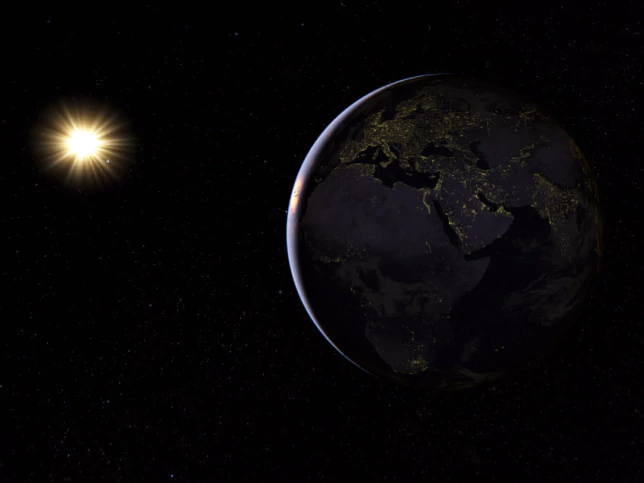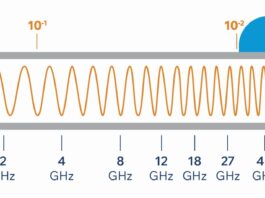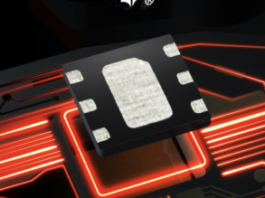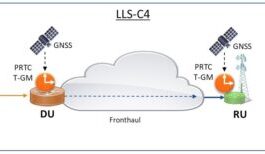
Far-out destinations like moons, planets, and the International Space Station can now be summoned in web browsers via a feature of Google Maps called “Planets.
null
(Google Maps)
A few years ago, Google gave people the ability to freely explore objects in space — but that experience was mostly locked up in Google Earth, the company’s 3D-mapping software.
This week, however, the company announced that far-out destinations can now be summoned directly in web browsers through a new feature of Google Maps called “Planets.”
Fortunately the name is a misnomer, since there are also moons, dwarf planets, and even the International Space Station to explore.
There’s no search box within “Planets,” so it’s difficult to, say, find the Apollo mission landing sites on Earth’s moon. The maps also restrict the degree to which you can both rotate and zoom in on a world, especially at the poles.
Regardless, it’s fun to play with — and bound to give you a new perspective on the solar system.
Here are six new outer-space destinations in Google Maps we recommend checking out.
International Space Station
Google Maps starts you out inside the Cupola module, a multi-pane window that looks down on Earth. Make sure to spin around and click Node 3: the home of NASA’s famous Waste and Hygiene Compartment (a toilet).
Next to the toilet is the relatively new Water Recovery System.
The device collects astronaut urine, sweat, and breath, then recycles 93% of it into fresh drinking water.
Farther down the module, you can also check the station’s spacesuits, called external mobility units.
Earth’s moon
Striping is seen on many of the worlds in Google Maps because it layers the highest-resolution imagery available from NASA, ESA, and other sources over lower-resolution images.
If you know where to look you can even track down moon landing sites, like this one of Apollo 15.
Mars
Peppered with volcanoes, deep canyons, and robotic probes, the red planet is easily the most fun to explore in Google Maps.
Decades’ worth of images and other data taken by satellites, including altitude information, allows you to get a feel for what it’s like to travel through Martian canyons.
The canyons are the deepest in the solar system. And if Elon Musk and SpaceX have their way, we may someday be able to explore them for real.
Enceladus
This ice ball that orbits Saturn looks unassuming, but it is one of the most exciting destinations in the solar system right now.
NASA has repeatedly photographed and flown through water jets shooting out of these “tiger stripe” features on Enceladus’ south pole.
That warm, salty water indicates the moon has an ocean that might be habitable to alien life.
Ceres
This dwarf planet is the largest object in the Asteroid Belt (though you’ve probably never heard of it), and an exciting destination for NASA’s Dawn mission.
Ceres is littered with perplexing features, like these bright white spots in Occator Crater.
Researchers suspect they’re salts left by melted ice. There’s also a pyramid-shaped feature on the world.
Pluto
Until July 2015, no one knew what Pluto actually looked like. But the New Horizons mission changed all of that with a high-speed flyby — and discovered the distant, icy world even has an ocean hiding below its surface.

























